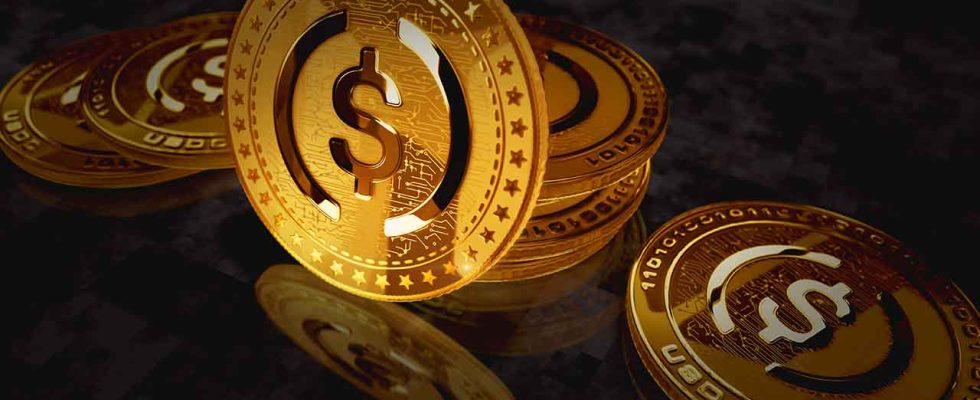One of the innovative names in the cryptocurrency world in USDhas made a rapid rise in the stablecoin market and promised rapid growth to its investors, challenging the existing giants USDT and USDC.
This new one called USD stablecoin, achieved a market value of $2 billion in a short time after its launch. But unlike others, the underlying asset behind the asset consists of cryptocurrencies such as ETH and BTC rather than physical US dollars. This represents a unique approach that differs from classical stablecoins.
Led by CryptoQuant Research Manager Julio Moreno, the USDe project has gained a remarkable position in the industry and has sparked intense discussions about what impact it will have on the stablecoin market.
USDe’s rapid rise has sparked great interest among investors and industry experts. Thanks to its different approach, unlike other stablecoins, USDe’s value is protected through a method called “delta hedging staked Ethereum collateral”. This allows USDe to have a stable performance in the market without being affected by the volatility of its underlying assets.
This new approach is claimed to ensure that the asset remains stable even under uncertain market conditions. turns out.
USDe is the fastest growing USD denominated asset in the history of crypto pic.twitter.com/xgiRJjf96t
NEWS CONTINUES BELOW— G | Ethena (@leptokurtic_) April 8, 2024
Ethena Labs According to its founder, USDe has achieved the success of being the fastest growing stablecoin since its launch. One of the key factors behind this success is the ability to provide returns to holders, which is not found in the leading stablecoins USDT and USDC.
USDe differentiates itself from its competitors by achieving this differentiation from fund payouts from short positions and ETH staking rewards. This approach makes USDe an attractive option for its investors.
CryptoQuant Research Manager Julio Moreno points out two important factors for USDe investors: These are the size of the reserve fund relative to the market value and the retention rate that re-evaluates the return obtained. These factors underpin the sustainable success of the asset and provide credibility for investors.
As the market value of USDe increases, funding payments from short positions naturally increase. Moreno recommends keeping the holding rate above 20% to maintain the stability of the asset and avoid the difficulties experienced by other stablecoins.
For example, he notes that at market caps of $5 billion, $7.5 billion, or $10 billion, the reserve fund should ideally be around $40 million, $60 million, and $80 million, respectively.
USDe adapts quickly to market changes to ensure its long-term stability. This stablecoin is on its way to becoming a reliable option for investors by closely monitoring fundamental metrics and managing risks effectively.

